Hawks
Landlord.
oldjiver said:I often thought of foaming my plastic bucket before I got my IGLOO, was it easy?
It is when a mate of yours sprays insulating foam for a living... :whistle:

oldjiver said:I often thought of foaming my plastic bucket before I got my IGLOO, was it easy?
You get wet!!!anthonyUK said:Mine is a lot more basic.
I haven't even thought what to do when the weather turns yet.
No reason it can't be copied and pasted on THBF, a lot of mine we're/are, can't see it as a problem for either, more a 'gain' for bothThe 'other' homebrew forum
dennisdk2000 said:Just twigged that your MT is sat on scales (was trying to work out what the screen was for) - what a brilliant idea! :clap:
Dennis
barneey said:dennisdk2000 said:Just twigged that your MT is sat on scales (was trying to work out what the screen was for) - what a brilliant idea! :clap:
Dennis
If you look closely enough there is another set under the boiler






























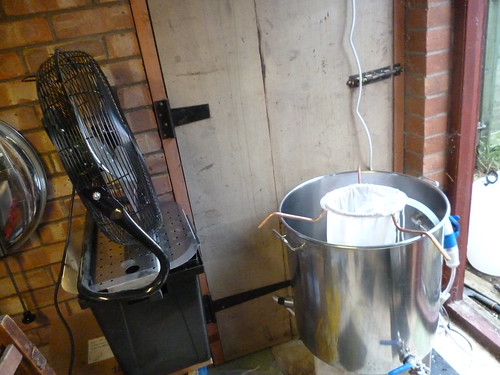
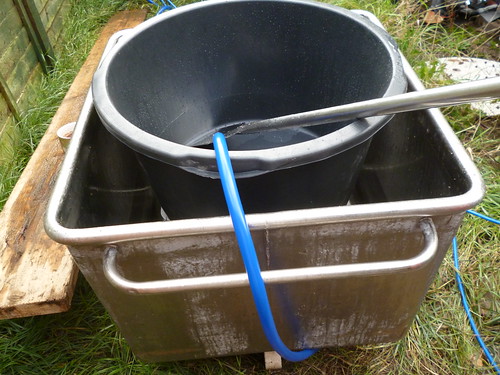
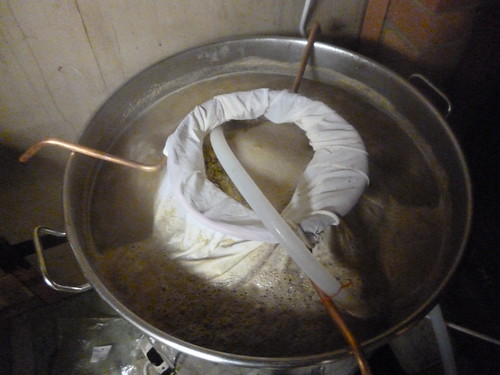
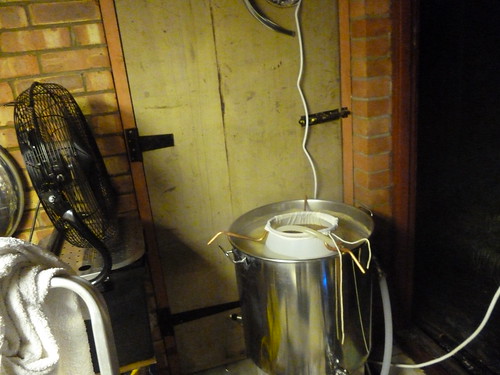
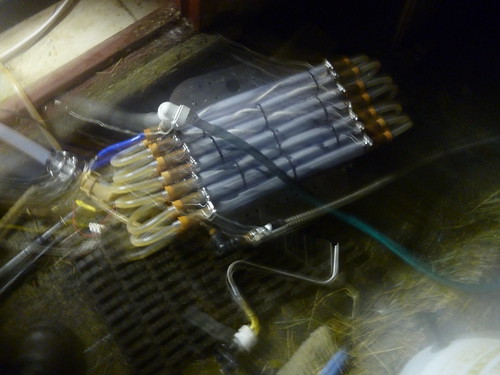
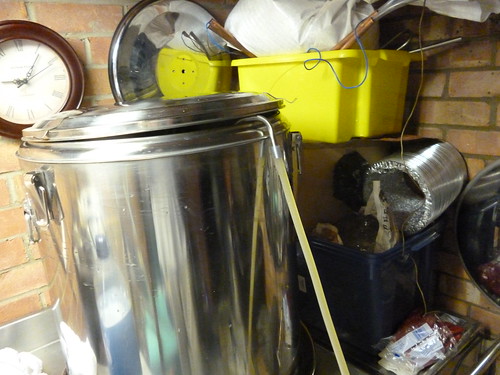

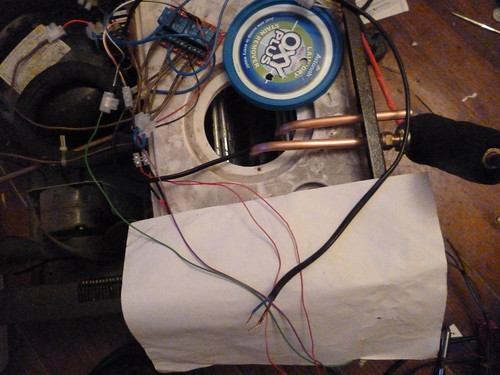
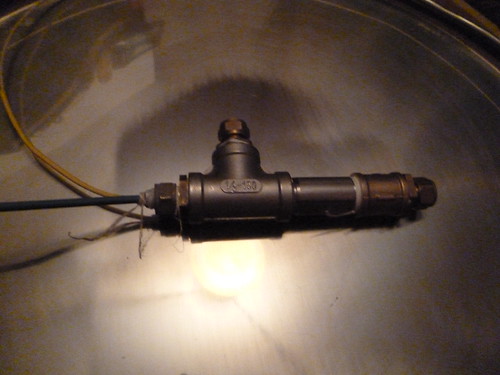
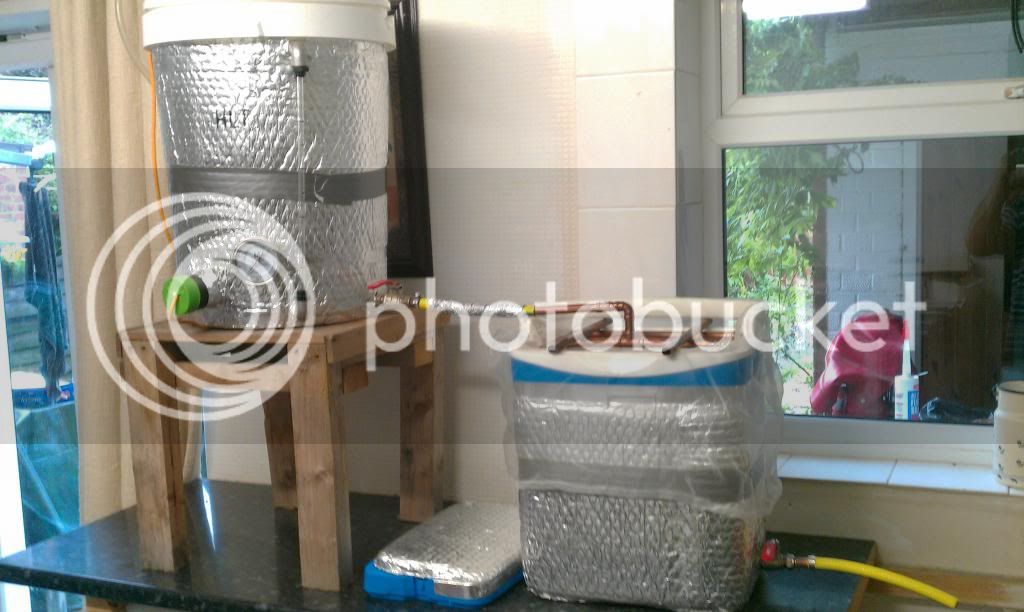
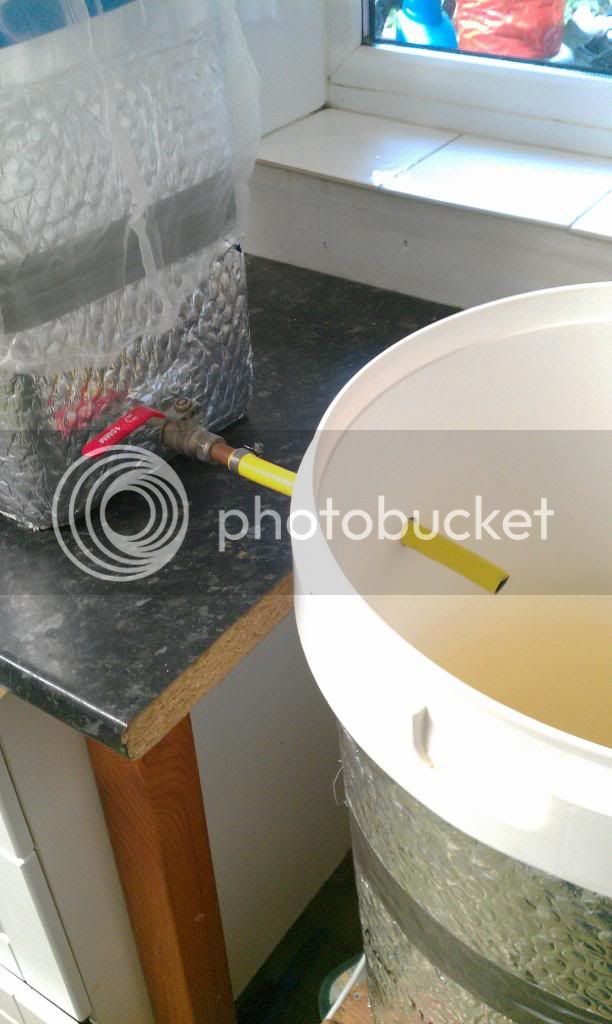
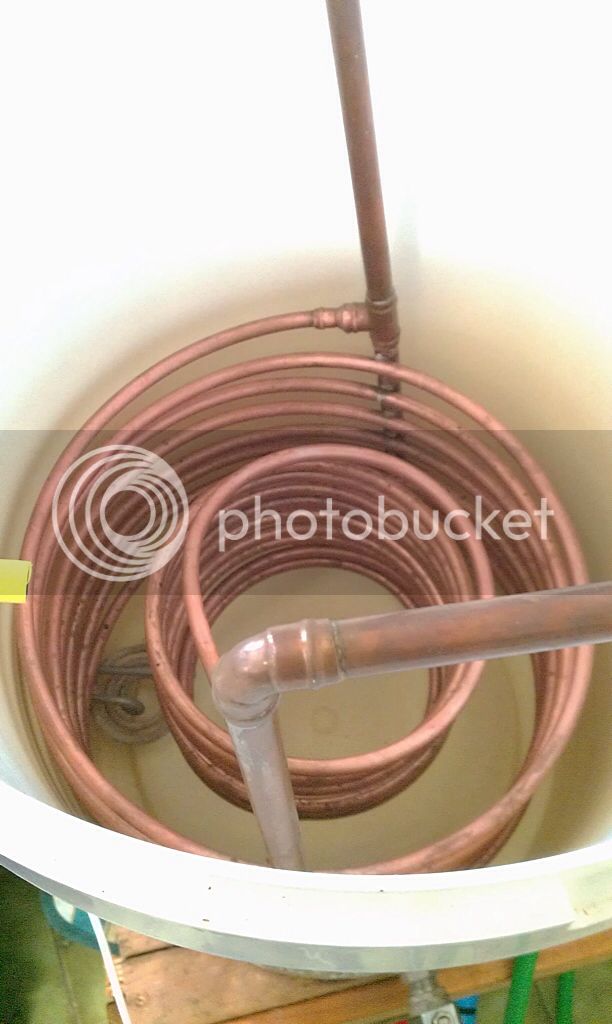
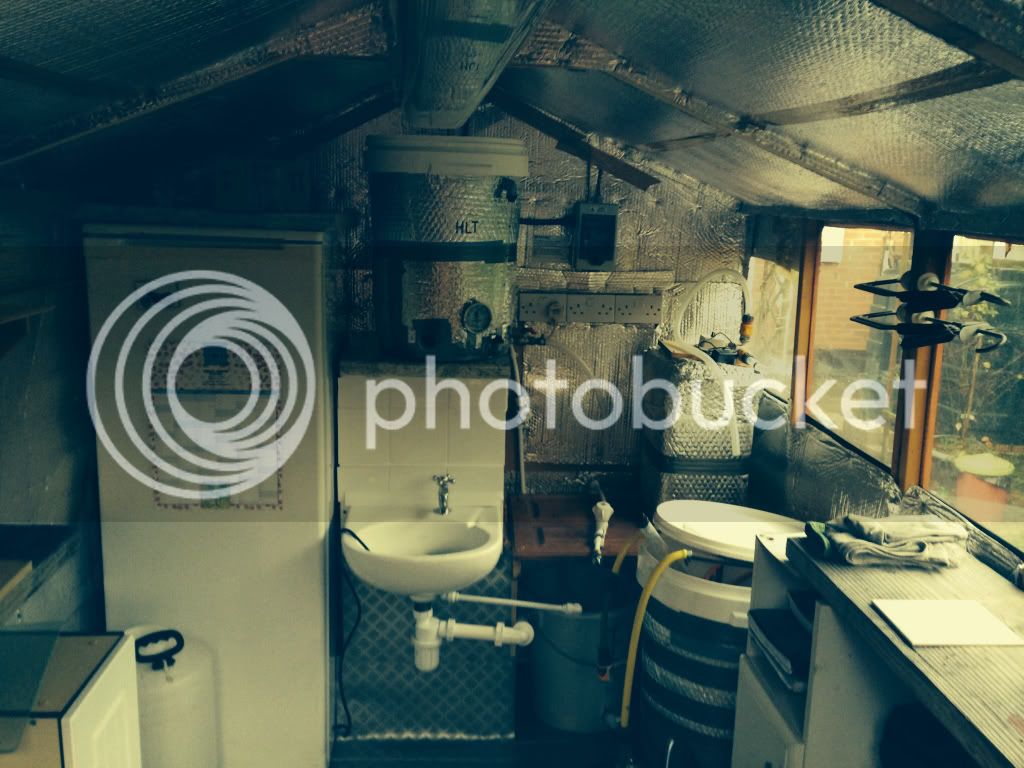
artyb said:i like the look of the hop spiders ...
anyone got any methods for making one..?
might add one to my minimalistic biab kit...
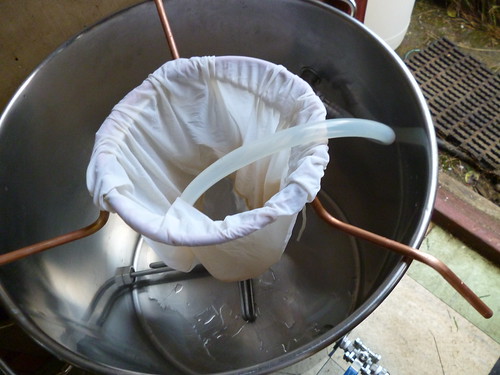
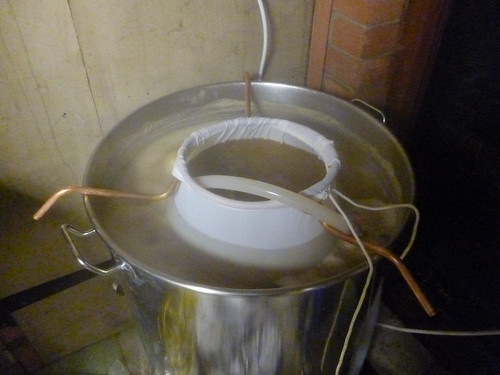
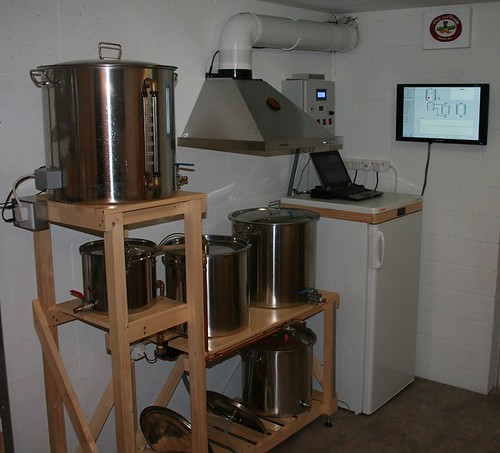
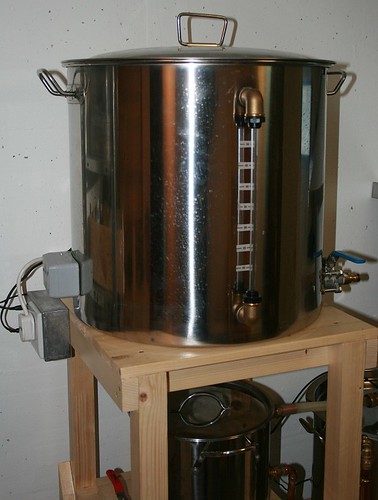

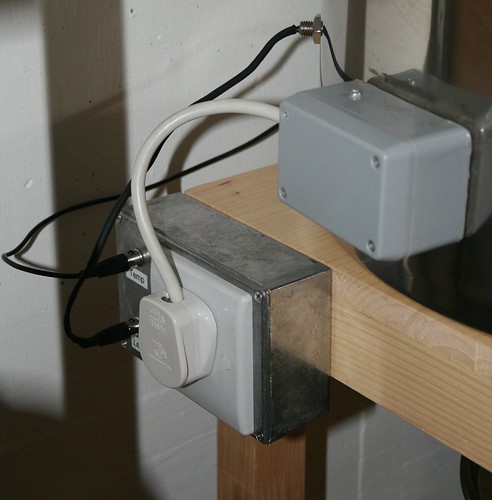

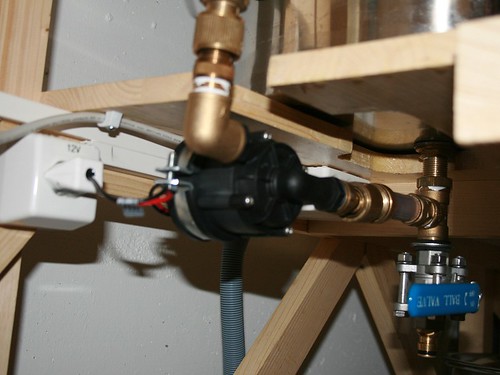
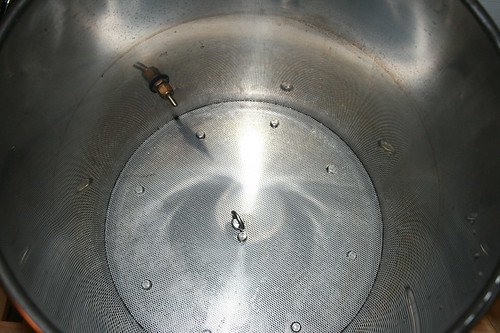
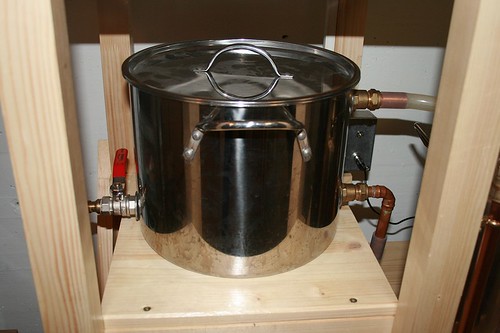


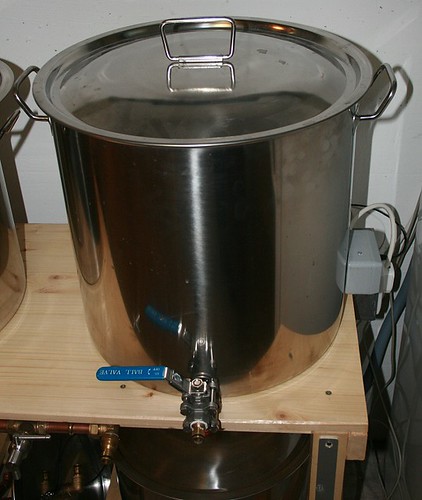
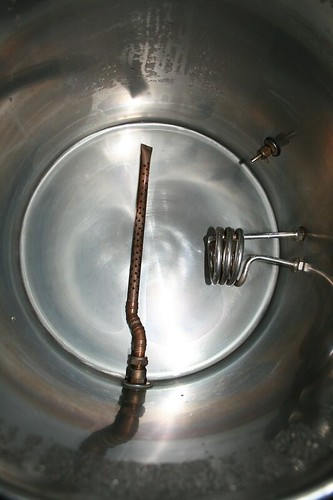
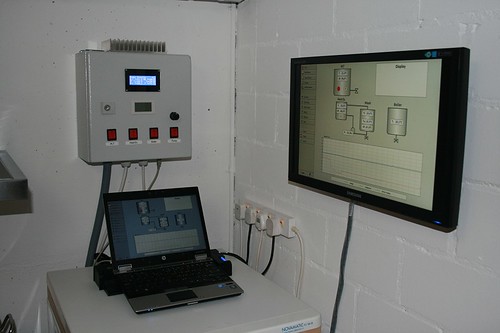
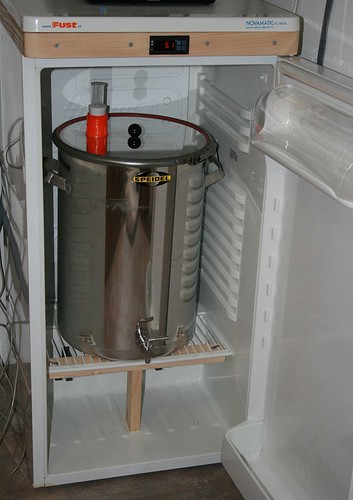
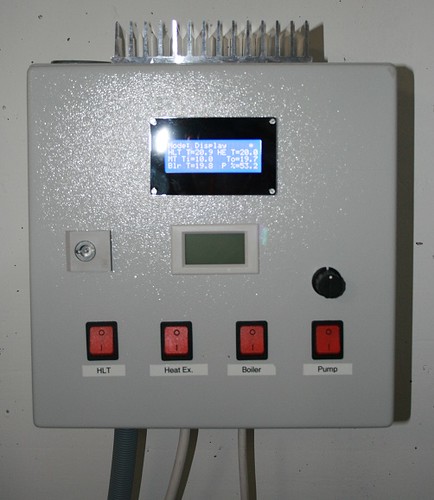
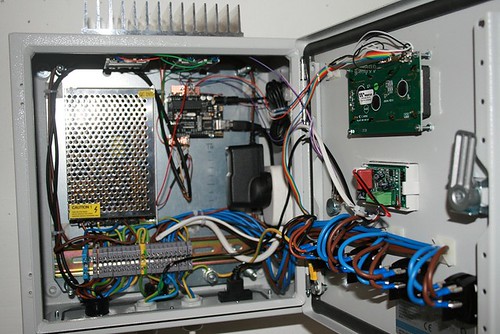


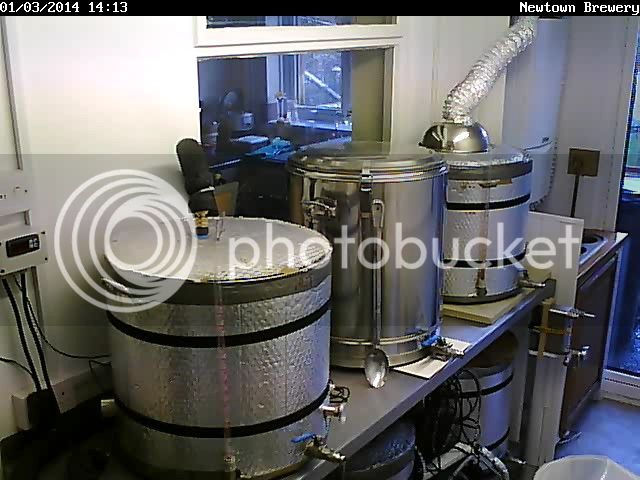
Enter your email address to join: